Now Is the Best Time for Gardening, According to Pros—Here's Why
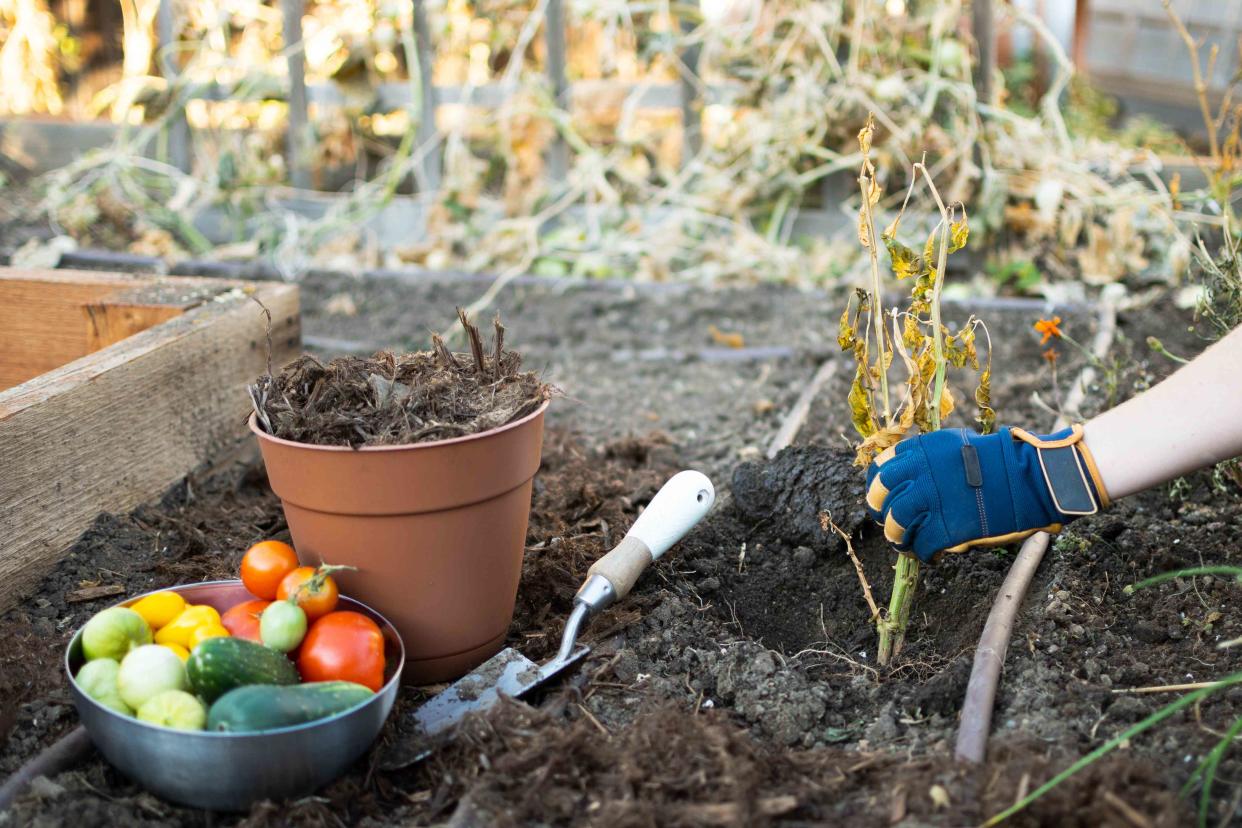
The Spruce / Meg MacDonald
While late autumn often triggers a shift to move inside, it turns out it might not be time to pack it all away—at least not yet. In fact, these cooler months before things get truly frosty are a fabulous time to prep your garden for a stunning spring.
With this in mind, we turned to a few gardening experts to find out what not only can be done for our lawns and gardens now, but actually should be.
Assess Your Garden and Make a Plan
According to Kendall Frost, master gardener at American Meadows, the greatest thing you can do now is assess your current garden or yard, consider what worked this past season, and look ahead to changes you’d like to make for next year.
But Frost says it’s also time to clear out anything that has the potential to spread—like any weeds or diseased foliage. It’s best to leave the stems and seed heads of native plants standing over winter, Frost says, but be sure to remove weeds or diseased foliage to prevent them from spreading.
Tip
If you are clearing out any diseased plants, Frost has a helpful reminder—be sure to toss them in the trash rather than in the compost.
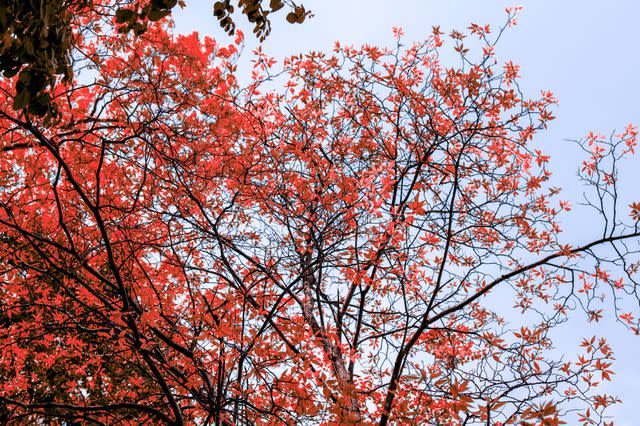
The Spruce / Adrienne Legault
Tidy Up
According to Lori Johnson, president of The Grounds Guys, the best thing you can do right now is to tidy your yard up. But to maximize the benefits, it has to be done correctly.
“Tidying up your yard once the growing season ends doesn’t necessarily mean hacking everything down,” she says.
In reality, if you do things correctly now, it’ll make for a much easier season come spring. Fortunately, Johnson gave us a handy checklist:
Fall Garden Checklist
Remove leaf litter, but leave some behind to give pollinators a place to nestle over the winter.
Dethatch and possibly aerate the lawn. Remove the yellowish-brown thatch from your grass in early fall. If the soil is also compacted, aerate it as well.
Fertilize the lawn
Overseed the lawn using a fertilizer spreader
Pull weeds and dead annuals.
Consider pruning bushes and other perennials
Rake the garden beds after you’ve completed any pruning
Enrich your garden beds with organic mulch, compost, leaf litter, or a cover crop
Clean your tools. Drain the gas from your lawnmower, and clean, sand, and oil your garden tools before storing them for winter. Detach your garden hoses, drain out the water, and store them in the shed or garage.
Upgrade Your Soil
Mike Lizotte, the master gardener known as “The Seed Man,” says now is also an ideal time to improve your soil, especially if you plan to plant vegetables next year. He explains you can do this by adding compost or a fast-growing cover crop.
Crimson clover, winter rye, annual rye, and winter wheat can be very beneficial in adding nutrients to the soil and can be tilled in the following spring—very popular with vegetable gardeners, says Lizotte.
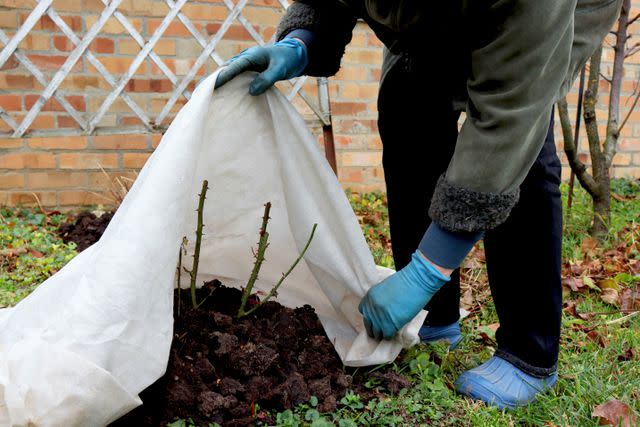
Getty Images
Make Way for Spring Blooms
While you might not see the fruits of your labor for another six months or so, now is the best time to prepare your garden for spring flowers, according to gardening experts Megan Foster and Cullen Boudreaux of American Meadows.
They encourage gardeners to plant fall-planted, spring-blooming bulbs like tulips, daffodils, and muscari. “These cold hardy beauties need a chilled period in order to successfully bloom in the spring,” Foster says.
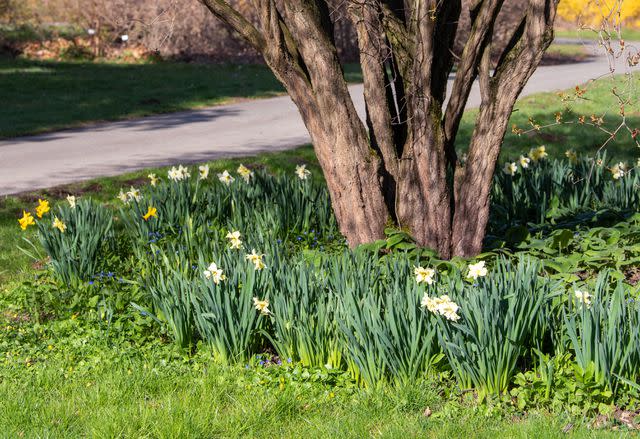
The Spruce / Evgeniya Vlasova
Hadley Mueller, a master gardener for High Country Gardens, agrees and says bulbs are key to plant before the ground freezes.
“Bulbs will be some of the first to bloom once temperatures warm—it’s as easy as dig, drop, and done," she says.
With your focus on bulbs, don’t forget about seeds, either. Boudreaux says fall is a great time to collect your seeds and set them aside for next year.
Bulbs will be some of the first to bloom once temperatures warm—it’s as easy as dig, drop, and done.
Try Cold-Hardy Plants
If you know you want to get planting but you’re not sure what to plant exactly, the team at American Meadows shared their personal favorites.
Frost’s top pick? Ice follies daffodils. They are some of the earliest blooming daffodils, and they are the perfect plant for brightening my yard in spring after a long winter.
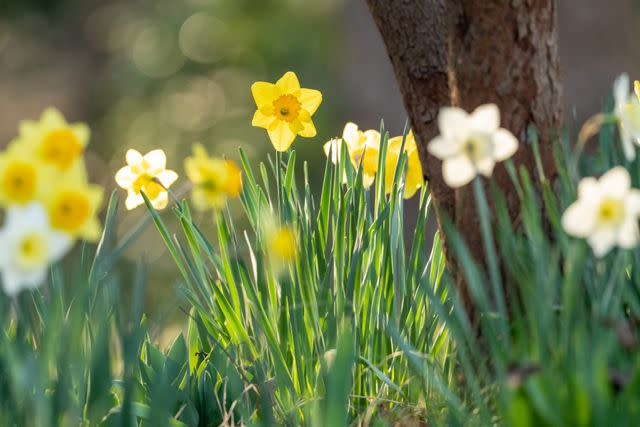
Getty Images
“Planting crocus into the lawn is a great way to get a head start on your spring meadowscape,” Mueller says. “The bulbs are very small and easy to plant at the end of fall. When the Dutch crocus has bloomed, spring has arrived!”
Foster’s pick is creeping phlox and other spring-blooming groundcovers.
“It’s nice to get a jump on a beautiful spring by planting hardy plants in the fall when the soil is still warm," Foster says.
Read Next: Essential Fall Clean-Up for the Yard and Garden
Read the original article on The Spruce.

